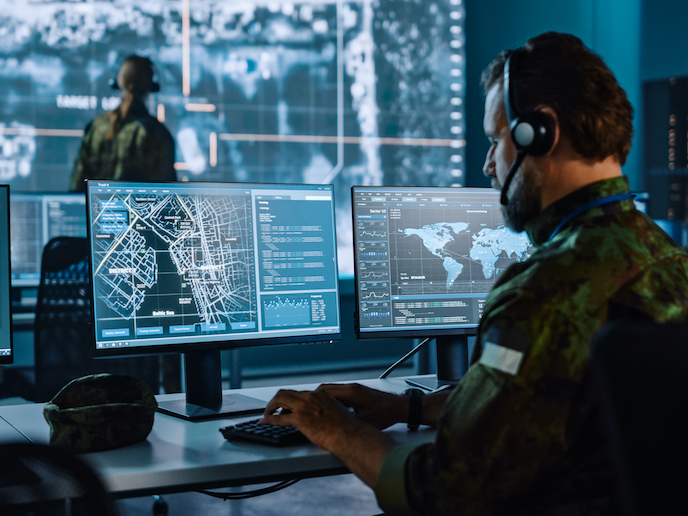Tom Cruise’s Minority Report Feels Plausible Now More Than Ever
In the rapidly evolving landscape of crime prevention, the fusion of law enforcement with Artificial Intelligence (AI) technology marks a groundbreaking shift towards a safer society. This burgeoning partnership promises to redefine traditional policing methods, offering a glimpse into a future where technology and human insight coalesce to combat crime more effectively than ever before.
The Emergence of a Powerful Alliance
The integration of AI into law enforcement operations is not just a leap; it’s a necessity driven by the complexity and volume of modern-day crime. AI’s ability to sift through massive datasets, recognize patterns, and predict potential criminal activities offers an unprecedented advantage in preemptive policing. This collaboration heralds a new era of efficiency and accuracy in identifying threats, analyzing evidence, and deploying resources where they are most needed.

Navigating the Terrain of Tradition and Technology
AI’s impact on law enforcement is multifaceted, enhancing various aspects of crime prevention and investigation. From facial recognition systems aiding in suspect identification to algorithms predicting crime hotspots, AI technologies are becoming indispensable tools for law enforcement agencies worldwide. “The utilization of AI allows us to be several steps ahead, transforming reactive policing into proactive crime prevention,” states a law enforcement official. This shift not only maximizes the effectiveness of police efforts but also significantly reduces the time and manpower required to solve cases.

Despite its benefits, the integration of AI into policing is not without challenges. Concerns about privacy, bias in AI algorithms, and the potential for misuse underscore the delicate balance between technological advancement and ethical considerations. Traditional policing methods, rooted in community interaction and human intuition, may clash with data-driven approaches, raising questions about the role of AI in decision-making processes. Addressing these conflicts requires transparent dialogue, rigorous oversight, and ongoing adjustments to ensure that AI serves as a complement to, rather than a replacement for, human judgement.
The collaboration between law enforcement and AI has already yielded significant successes. In cities like Chicago and Los Angeles, predictive policing software has been employed to forecast crime patterns, resulting in noticeable reductions in crime rates. However, these advancements are not without controversy. Instances of algorithmic bias, where AI systems disproportionately target certain demographics, highlight the need for cautious implementation and continuous refinement of AI technologies. Experts and activists alike are weighing in. “AI in policing could transform public safety,” says one tech analyst, highlighting the potential for positive change. Meanwhile, civil rights advocates urge caution, emphasizing the need for transparency and accountability in how these technologies are deployed.
Striking the Balance
As we navigate the complexities of integrating AI into crime prevention, the paramount goal remains clear: enhancing public safety while safeguarding individual rights and freedoms. The future of law enforcement lies in the symbiotic relationship between AI and human insight, where technology amplifies our capabilities without undermining the principles of justice and equality. “Finding the right balance between AI and traditional policing methods is crucial for the ethical and effective use of technology in law enforcement,” remarks a criminal justice expert.
t/f Summary: What’s Next
The partnership between law enforcement and AI technology in crime prevention is a journey fraught with challenges, yet rich with potential. As we move forward, the focus must remain on leveraging AI to complement human expertise, ensuring that this powerful tool serves the greater good. With careful oversight, ethical considerations, and a commitment to transparency, the alliance between AI and law enforcement can usher in a new era of crime prevention, marked by increased safety and justice for all.
The journey ahead is about finding the sweet spot where technology enhances justice without compromising the values we hold dear. However, ensuring these technologies are used ethically and effectively requires ongoing dialogue, robust oversight, and a commitment to protecting civil liberties.


